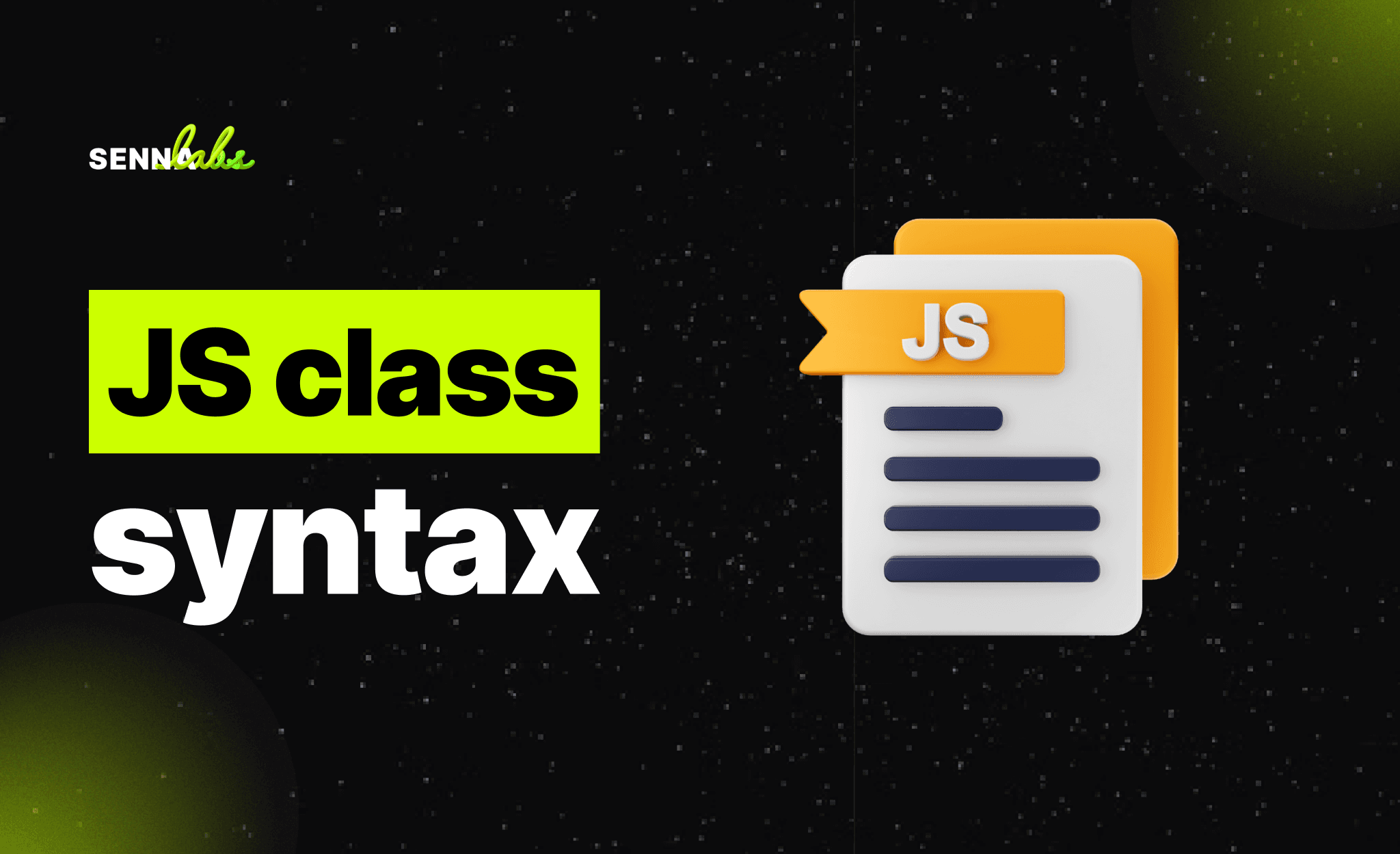Optimizing Robots.txt and XML Sitemaps
Share

In the world of search engine optimization (SEO), getting content discovered and indexed by search engines is one of the most important goals. While on-page and off-page SEO often get the spotlight, technical SEO plays a foundational role in ensuring that your content is crawlable, indexable, and ultimately visible in search engine results.
Two of the most critical components in technical SEO are the robots.txt file and the XML sitemap. Together, they act as a roadmap for search engine crawlers, guiding them on what content should or should not be accessed and which pages are most important.
This article provides a comprehensive overview of how to configure and optimize robots.txt and XML sitemaps for SEO success. We’ll also look at a real-world use case in which a publishing site refined its robots.txt file and updated its sitemap, resulting in a 40% increase in indexed pages and significantly faster discovery of new content.

Understanding Robots.txt and XML Sitemaps
What is Robots.txt?
The robots.txt file is a text file placed at the root of your website’s domain. It serves as a set of instructions for search engine crawlers, telling them which pages or sections of your site they are allowed or disallowed to crawl.
It does not prevent pages from being indexed, but rather limits crawler access. This distinction is important, as even if a page is blocked in robots.txt, it can still be indexed if other pages link to it.
What is an XML Sitemap?
An XML sitemap is a structured file that lists all the important URLs on your website. It provides metadata about each URL, such as when it was last updated, how often it changes, and its priority relative to other pages.
Search engines use XML sitemaps to discover new or updated content and to prioritize crawling based on the importance of pages.
Why Optimizing These Files Matters
Incorrect configuration of robots.txt can block essential pages from being crawled, reducing your site's visibility in search results. A poorly maintained or incomplete sitemap may cause search engines to miss out on key content, resulting in under-indexation.
Proper configuration helps:
-
Improve crawl efficiency
-
Prevent crawl budget waste
-
Increase content discovery speed
-
Strengthen control over what gets indexed
Common Robots.txt Mistakes
Blocking Important Resources
Some webmasters mistakenly block folders or files that are necessary for page rendering, such as JavaScript or CSS files. This can prevent search engines from properly interpreting how a page looks or functions, potentially affecting rankings.
Overblocking
In an effort to reduce crawl activity, some sites block entire sections such as their blog, product listings, or media files—sometimes without realizing these are key entry points for organic traffic.
Forgetting to Remove Disallow Rules
During development or testing, many sites use robots.txt to block all crawlers. The issue arises when the site goes live and those restrictions are not removed. This can result in the entire site being invisible to search engines.
Common Sitemap Mistakes
Outdated or Broken URLs
If the sitemap includes URLs that return errors (e.g., 404 Not Found), it can signal poor site maintenance to search engines.
Including Non-Canonical or Duplicate URLs
Sitemaps should reflect the canonical version of each page. Including duplicate or non-canonical URLs can confuse search engines.
Overloading the Sitemap with Low-Value Pages
Not all pages need to be in the sitemap. For example, filter pages or duplicate product variants do not contribute much SEO value and can dilute crawl focus.
Best Practices for Optimizing Robots.txt
-
Allow access to important directories and assets required for rendering content.
-
Disallow only low-value or irrelevant sections such as admin areas, login pages, or duplicate content folders.
-
Regularly audit the file to ensure no important content is being blocked.
-
Use crawl directives sparingly and deliberately.
-
Test the file using available webmaster tools to check crawler behavior.
Best Practices for Optimizing XML Sitemaps
-
Include only indexable and high-priority pages.
-
Keep the sitemap updated with new and recently modified content.
-
Break down large sitemaps into smaller ones, especially for e-commerce or publishing sites with thousands of pages.
-
Submit the sitemap to Google Search Console and Bing Webmaster Tools.
-
Ensure that each URL in the sitemap is accessible, returns a 200 status code, and is canonical.
How These Elements Work Together
The robots.txt file and sitemap must align with one another. For example, URLs listed in the sitemap should not be disallowed in the robots.txt file. This contradiction can send mixed signals to search engines, leading to indexing issues.
A coherent and coordinated approach ensures that search engines:
-
Crawl the right sections of the site
-
Index the most valuable pages
-
Avoid wasting resources on non-essential or duplicate content
Real Use Case: Publishing Site Improves Indexing with Robots.txt and Sitemap Optimization
The Problem
A large content-driven publishing website faced a persistent issue: many of its newly published articles were taking a long time to appear in search engine results, and some were not being indexed at all. Despite a consistent publishing schedule and strong backlinks, overall organic growth had stalled.
An audit revealed two major issues:
-
The robots.txt file was blocking some directories that contained essential content templates and media files.
-
The XML sitemap had not been updated in over a year and included outdated and deleted URLs.
The Solution
The site’s technical team conducted a complete overhaul:
-
Updated the robots.txt file to allow access to media folders, CSS, and JavaScript assets.
-
Removed outdated Disallow rules that were preventing the crawling of article templates and author profiles.
-
Cleaned up the XML sitemap by removing old URLs that returned errors and added all current, indexable URLs from the site.
-
Resubmitted the updated sitemap via Google Search Console.
-
Monitored indexing progress over several weeks.
The Results
Within three months:
-
The number of indexed pages increased by 40%.
-
New content was being discovered and indexed within 48 hours of publication.
-
Organic impressions and traffic began to climb steadily.
-
Crawl errors decreased, and crawl efficiency improved significantly.
This case demonstrates how improving crawl accessibility and content discoverability can have a direct impact on search performance, even without changing on-page content or acquiring new backlinks.
Ongoing Monitoring and Maintenance
Optimizing robots.txt and XML sitemaps isn’t a one-time task. Websites change over time—new pages are added, structures evolve, and older content becomes obsolete.
To maintain SEO performance:
-
Review both files monthly or after major website updates.
-
Re-test robots.txt with search engine tools to ensure it’s not blocking critical resources.
-
Use Google Search Console to monitor sitemap coverage and detect crawl errors.
-
Check for spikes in non-indexed pages and investigate underlying causes.
Conclusion
Proper configuration of robots.txt and XML sitemaps is essential for guiding search engine crawlers and ensuring important content is discovered and indexed. When these technical elements are optimized, they support better visibility, faster content discovery, and more efficient use of crawl budget.
As shown in the publishing site case, even small improvements to how a site communicates with search engines can result in a measurable increase in organic reach. For any site, whether content-heavy or product-focused, managing crawl directives and sitemaps should be an ongoing part of the SEO workflow.
By prioritizing crawlability and indexing through proper file setup and regular audits, websites can unlock their full potential in search engine visibility and long-term organic growth.

Share

Keep me postedto follow product news, latest in technology, solutions, and updates
Related articles
Explore all


